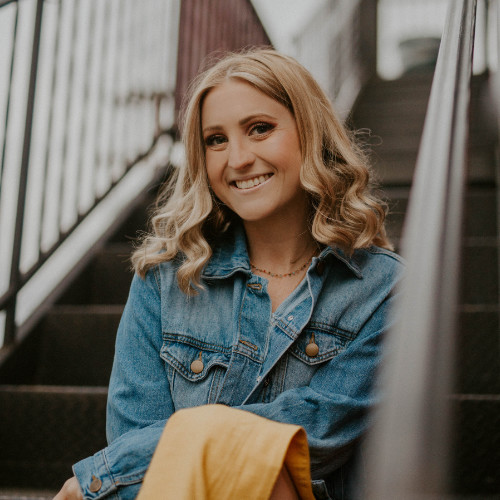 Synthetic grass for landscape and other recreation applications is the fastest growing segment of the synthetic turf market. Know these ten tips to ensure a smooth buying process.
Synthetic grass for landscape and other recreation applications is the fastest growing segment of the synthetic turf market. Know these ten tips to ensure a smooth buying process.
An increasing number of homes, businesses, golf courses and municipalities are realizing the benefits of synthetic grass as a low-maintenance, environmentally-friendly and attractive landscape solution. Buyers can maximize their investment and avoid poor service and products by doing proper research and following smart purchasing guidelines.
John Baize, director of synthetic turf manufacturer Act Global, said that while there are hundreds of reputable companies, there have also been instances of false manufacturing claims and dishonest business practices.
“By informing buyers of important issues to consider, we can help them avoid the frustration of poor quality product and service,” said Baize.
Baize, who also serves as Chairman of the Board of the Synthetic Turf Council (STC), said the organization is focused on serving as a resource for trustworthy information about synthetic turf and promoting ethical industry standards. The STC has published “Considerations When Buying Synthetic Grass for Landscape Use”, which provides guidelines on artificial turf selection, suppliers, manufacturers and installation practices. The document is available on the STC website for download.
Act Global offers Ten Tips for Purchasing Synthetic Landscape Turf:
1. Know your contractor.
Make sure your contractor specializes in synthetic turf installations, and this is not just a side job they do. Research the seller to understand their reputation and stability. Check their website, local Registrar of Contractors (ROC), business registrations and research any complaint records online. Most companies should be licensed, bonded and insured.
2. Know your manufacturer.
There are less than ten artificial turf manufacturers in the USA. Some companies, however, will make false claims that they are a manufacturer. Also, many synthetic turf products are marketed as American-made products, but are actually manufactured overseas. Ask for proof of manufacturing origin when purchasing artificial turf.
Large, reputable manufacturers will provide the following:
– PROOF OF AUTHENTICITY of manufacturing location
– Literature from the MANUFACTURER as to who they are
– Industry certifications or memberships
– Third party TESTING documents
2. Check references.
Know the company’s business history and ask for installation references.
3. Look for industry certifications or memberships.
Are they members of the Synthetic Turf Council (STC) and other industry organizations? STC Members must comply with a Code of Ethics and remain in good standing in the industry.
4. Consider intended use.
Artificial grass comes in many varieties, colors, heights and densities, and a reputable manufacturer or installer will help determine the best solution. A higher foot traffic area, such as a backyard, will require a denser, more durable product than an area with very little foot traffic. A playground or pet area may require a shorter pile height and less infill.
5. Follow synthetic turf buying guidelines.
Understand terms such as face weight, pile height, primary and secondary backing, tuft bind, and recommended guidelines for each. For example, most products have a total face weight of between 40 to 80 ounces per square yard, and a tuft bind of at least 6.8 pounds. The Synthetic Turf Council has quality buying guidelines available for download on their website.
6. Obtain test reports and product documentation.
Unfortunately, some vendors or distributors may provide false information such as embellishing face weight statistics to entice buyers. Ask sellers to verify properties such as face weight, UV stability and durability through independent third party testing to ensure you are not buying an inferior product at an inflated price. Many companies make promises about their product, but reputable suppliers should provide documents and test reports that back the claims.
7. Understand terms of warranty.
An eight-year warranty is standard industry practice. Review all terms, including type of damage covered, for how long and under what conditions. Understand procedures for filing a claim, and how complaints will be handled.
8. Obtain copies of all documents, installation plan, turf samples.
This could include seaming materials, infill, synthetic turf, base materials and weed barrier. The turf sample should identify where the turf was manufactured and the name of the product and manufacturer. Verify the turf received for installation closely matches the sample retained.
9. Get everything in writing.
This includes warranty, contracts, installation plans, and that the product you selected is the product that will be delivered.
10. Ask for maintenance guidelines.
These can include recommended tools, frequency of maintenance, procedures for cleaning up spills, dealing with snow and ice, and more.
ABOUT ACT GLOBAL
Act Global is a world leader in synthetic turf and artificial grass manufacturing. The company’s artificial Xtreme Turf and Xtreme Lawn products replicate natural grass for use in international stadiums, indoor sport centers, synthetic lawns and other synthetic grass uses. Its LiteEarth and AvTurf affiliations add capabilities for landfills and airport applications. Act Global has four manufacturing locations in USA, Europe and Asia and installations in over 70 countries. Act Global is notable for currently being the first company in the world that is a FIFA Preferred Producer for Football Turf, Synthetic Turf Council Certified Manufacturer and holds an ISO 9001 certification. Its products have undergone hundreds of independent laboratory tests for quality, durability and performance. For additional information, please visit http://www.ActGlobal.com.

Shelby Becker is a creative content creator and marketing specialist at Act Global. She’s an animal rights activist, avid concert-goer, and scary movie enthusiast. Follow her on LinkedIn .
For more information, contact marketing at sbecker@actglobal.com

